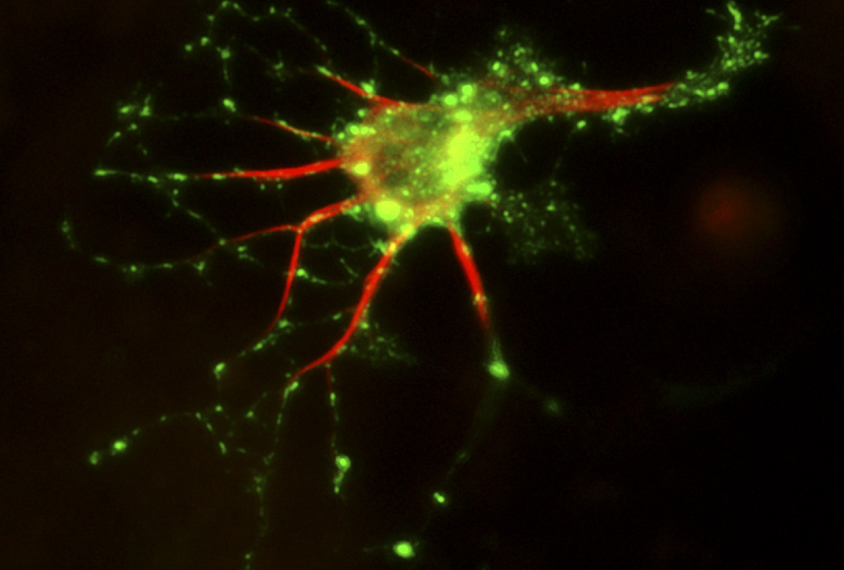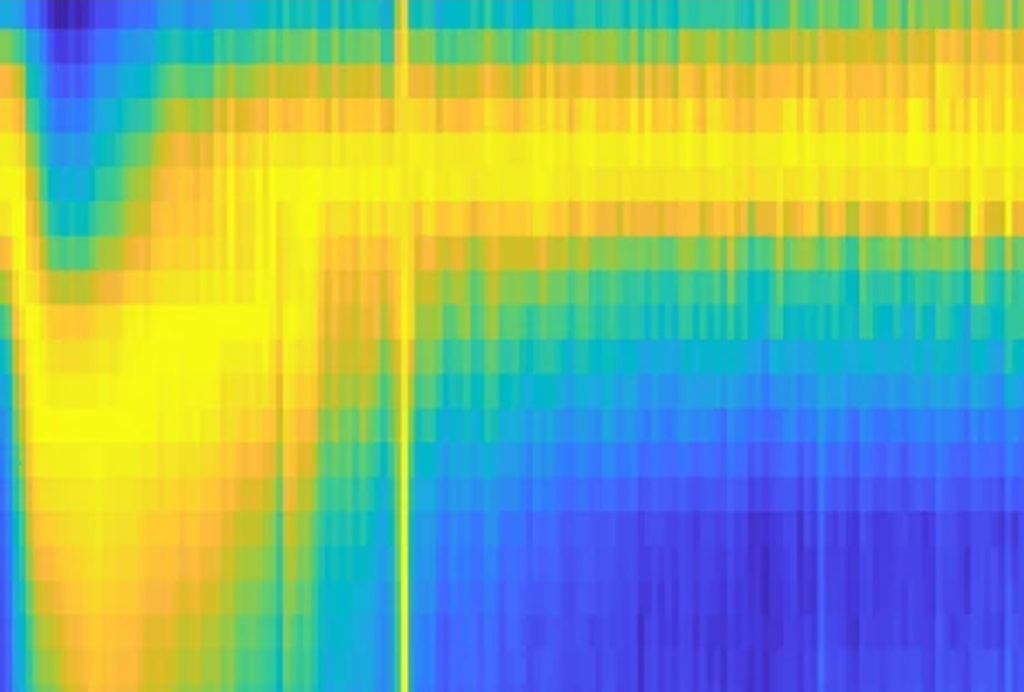ASHG 2016
Recent articles
Many people harbor large mutations linked to autism
DNA deletions and duplications tied to autism crop up in people without the condition, too.

Many people harbor large mutations linked to autism
DNA deletions and duplications tied to autism crop up in people without the condition, too.
Drug duo may reverse effects of Rett mutations in cells
A pair of existing drugs normalizes the appearance and activity of neurons derived from the skin of individuals with Rett syndrome.

Drug duo may reverse effects of Rett mutations in cells
A pair of existing drugs normalizes the appearance and activity of neurons derived from the skin of individuals with Rett syndrome.
‘Synonymous’ mosaic mutations may up autism risk
A type of mutation long thought to be harmless has turned out to play an unexpected role in autism.

‘Synonymous’ mosaic mutations may up autism risk
A type of mutation long thought to be harmless has turned out to play an unexpected role in autism.
Explore more from The Transmitter
Dispute erupts over universal cortical brain-wave claim
The debate highlights opposing views on how the cortex transmits information.

Dispute erupts over universal cortical brain-wave claim
The debate highlights opposing views on how the cortex transmits information.
Waves of calcium activity dictate eye structure in flies
Synchronized signals in non-neuronal retinal cells draw the tiny compartments of a fruit fly’s compound eye into alignment during pupal development.
Waves of calcium activity dictate eye structure in flies
Synchronized signals in non-neuronal retinal cells draw the tiny compartments of a fruit fly’s compound eye into alignment during pupal development.
Among brain changes studied in autism, spotlight shifts to subcortex
The striatum and thalamus are more likely than the cerebral cortex to express autism variants or bear transcriptional changes, two unpublished studies find.

Among brain changes studied in autism, spotlight shifts to subcortex
The striatum and thalamus are more likely than the cerebral cortex to express autism variants or bear transcriptional changes, two unpublished studies find.